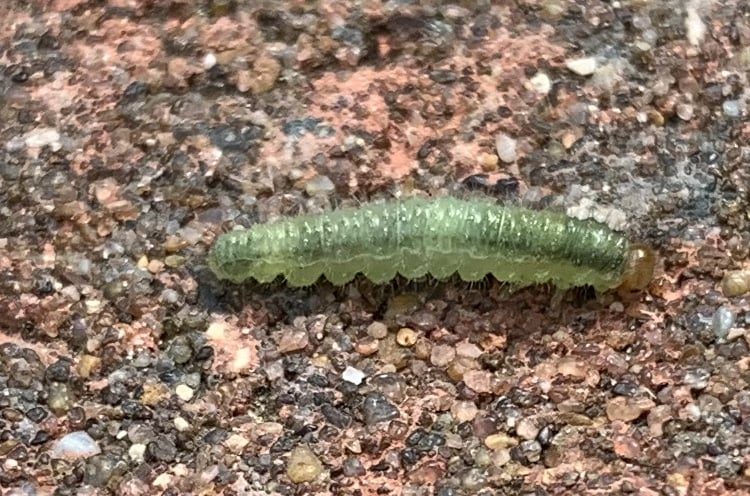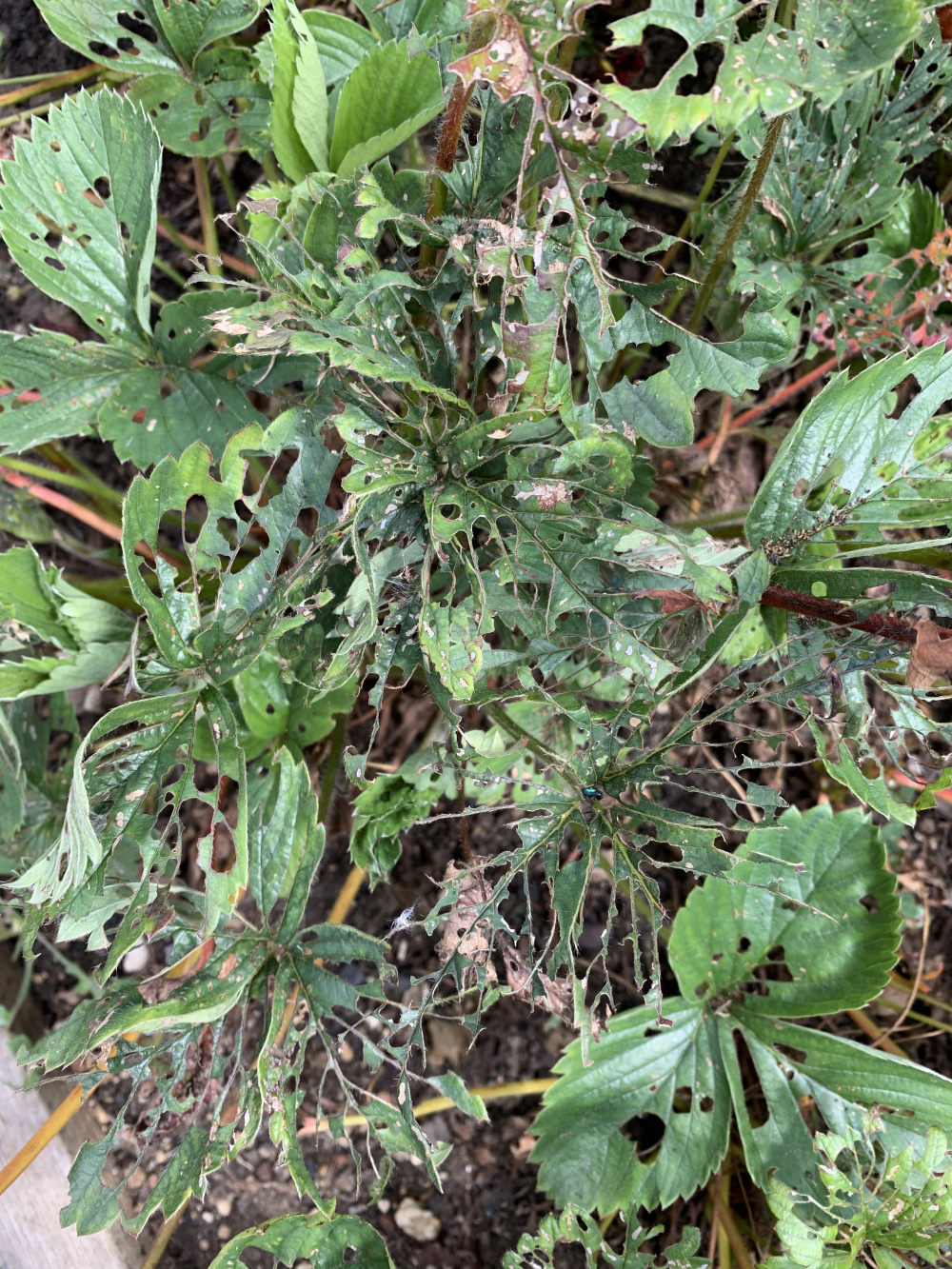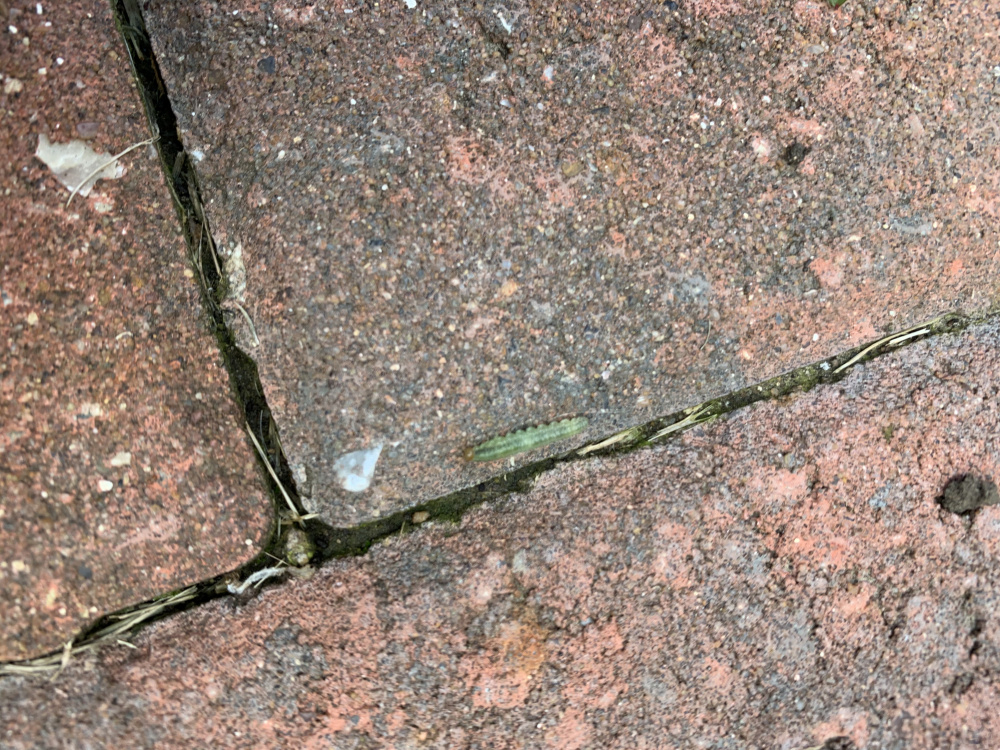This Forum will close on Wednesday 27 March, 2024. Please refer to the announcement on the Discussions page for further detail.
Who’s eating my strawberries
 These are small, no longer than a little finger nail and many are smaller. What are they and more importantly how do I get rid of them please.
These are small, no longer than a little finger nail and many are smaller. What are they and more importantly how do I get rid of them please.

0
Posts
I asked the RHS and they said
"Big up for the RHS gardening advice service, enquired this afternoon and just had a reply. Their entomologist says "The insects on your strawberries have been caused by the larvae of the strawberry sawfly, Claremontia confusa. It is an uncommon problem that may not occur every year."
Going to have to try and pick them off then.........."
I emptied the pots, discarded the dirt and thoroughly washed the strawberry plants as they pupate in the soil. I also rooted some runners and now have a full set again.
Good luck.
I think I got off lightly because of the pots but there may others with some other suggestions for beds. Here is my original thread in case it helps
https://forum.gardenersworld.com/discussion/comment/2065411#Comment_2065411
It isn't a problem I've had, but my temptation would be to dig up and clean up the crowns, removing damaged leaves and any of the caterpillars, shake soil off the roots, then put them in pots for now (in new fresh compost) and monitor them for regrowth.
In the mean time create a new fresh strawberry bed at a different location.
Plant back out when you have healthy new growth and no signs of the caterpillars.
I would consider planning to include insect netting for the new bed as it may be a species you have locally that will attack again in future.
As @GemmaJF says, vigilance is the thing. Were these 'new' plants? Bought and planted this year as the sawfly may have come as an added extra. One reason I quarantine everything 'new' that comes into my garden.

Please excuse the type I can't seem to change it
The soap solution may slow them down a bit but I'm not sure it will get rid of them, picking them off is the best method and disturbing the soil underneath the plants to look for pupae. Best way is to clean and relocate all the plants.
You won't know whether any of this has worked until next year anyway as there is probably no more food for the caterpillars who will have either pupated or moved on.
Keep checking the plants and picking off any caterpillars and stay vigilant next year.